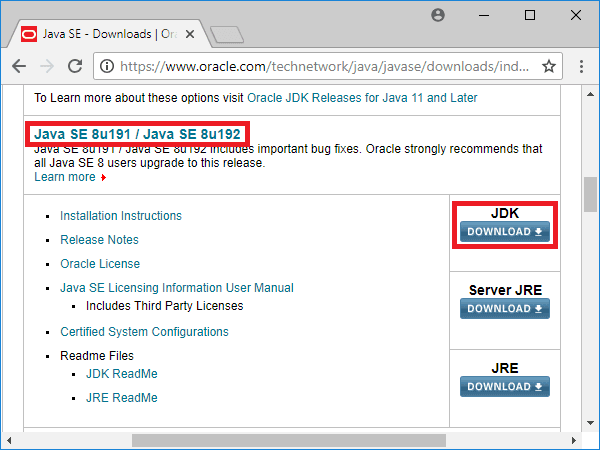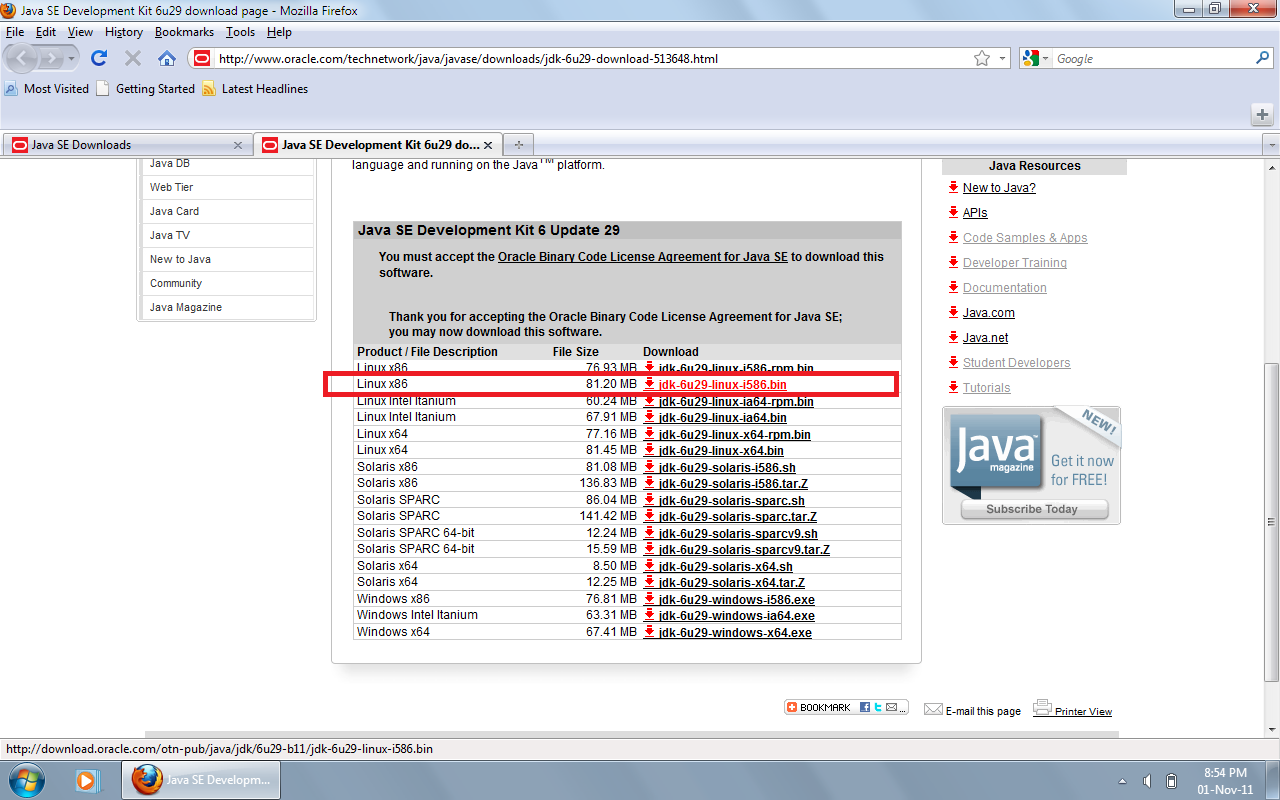
If all the participating nodes said yes, then commit request is sent to all the nodes In the second phase, coordinator decides based on the votes whether to send the commit or abort request to the participating nodes. They return yes if they can successfully commit the transaction or no if they unable to do so. They either return yes or no in the response. In this phase, a coordinator (either a separate node or the node initiating the transaction) makes a request to all the participating nodes, asking them whether they are able to commit the transaction. In the Two-phase commit protocol, there are two phases (that’s the reason it is called Two-phase commit protocol) involved. Most relational databases use it to implement replication. It is the most widely used distributed consensus protocol. One way to solve consensus problem is achieved with the Two-phase commit protocol (or 2PC in short). Validity: If a process decides a value V, then V must have been proposed by some correct processĪgreement: Every correct process must agree on same value Integrity: Every correct process must decide at most one value, and if it decides some value, then it must have been proposed by some process Termination: Every correct process decides some value A consensus protocol must satisfy following properties: Some of the processes may fail or be unreliable in other ways, so consensus protocols must be fault tolerant or resilient. The consensus problem requires agreement among a number of processes for a single data value. All the nodes have to come to a common consensus on whether they should all abort a transaction or all successfully commit the transaction. How will you guarantee atomicity in the master slave replication system? To replicate data from master to slave in an atomic manner is a consensus problem.

In this post, we will assume synchronous replication.

Data from master is replicated to the salves synchronously or asynchronously. All the writes go to the master and reads are performed on slaves.

The most common replication topology is single master and multiple slaves. One of the solution to scale read is achieved through replication. Let’s assume our’s is a read intensive application and our single machine database is not able to scale to our demand. Following are the reasons you would want to run a database in a distributed fashion: If the database is running on a single machine then it is comparatively easier to guarantee ACID semantics in comparison to a distributed database. Isolation: Concurrent transactions do not interfere with each otherĭurability: After successful completion of a transaction all changes made by the transaction persist even in the case of a system failure ACID transactions guaranteeĪtomicity: Either all the operation succeed or noneĬonsistency: System moves from one consistent state to another at the successful completion of a transaction In the last post, we covered ACID transactions. Welcome to the fourth post in the distributed systems series.


 0 kommentar(er)
0 kommentar(er)
